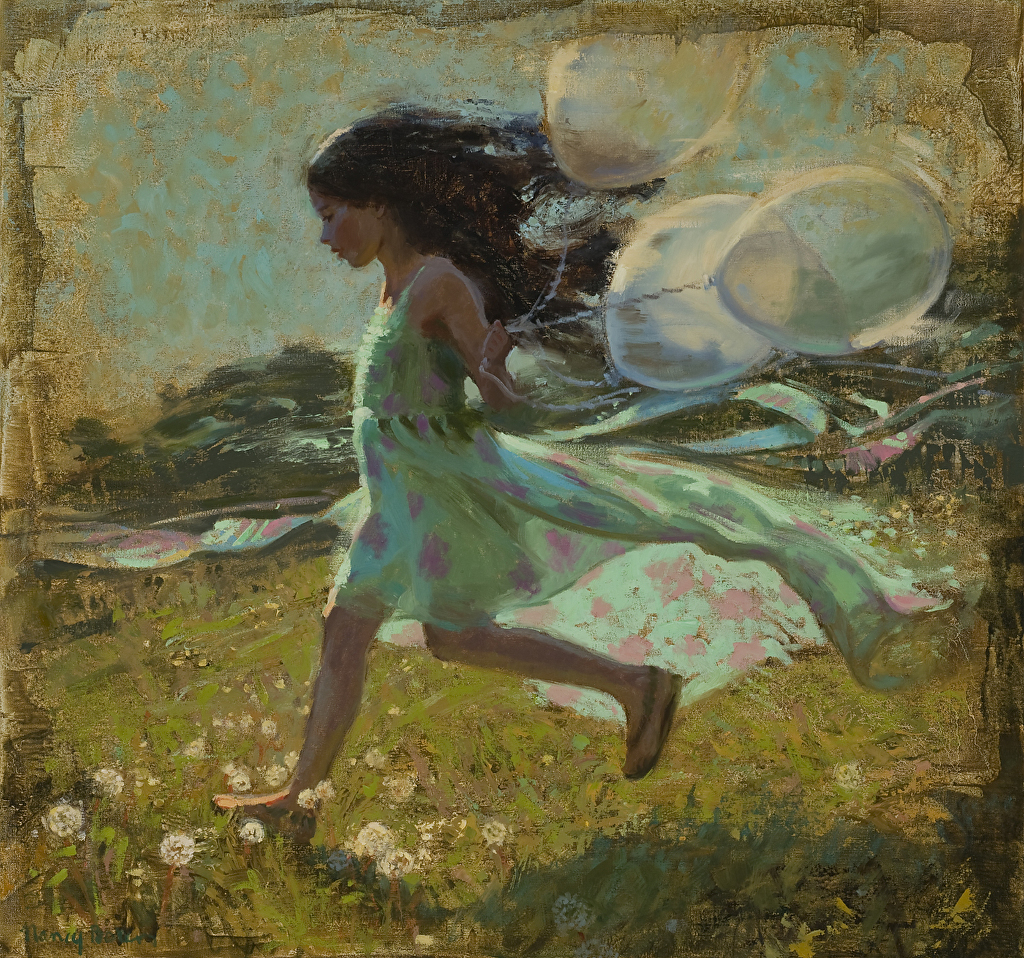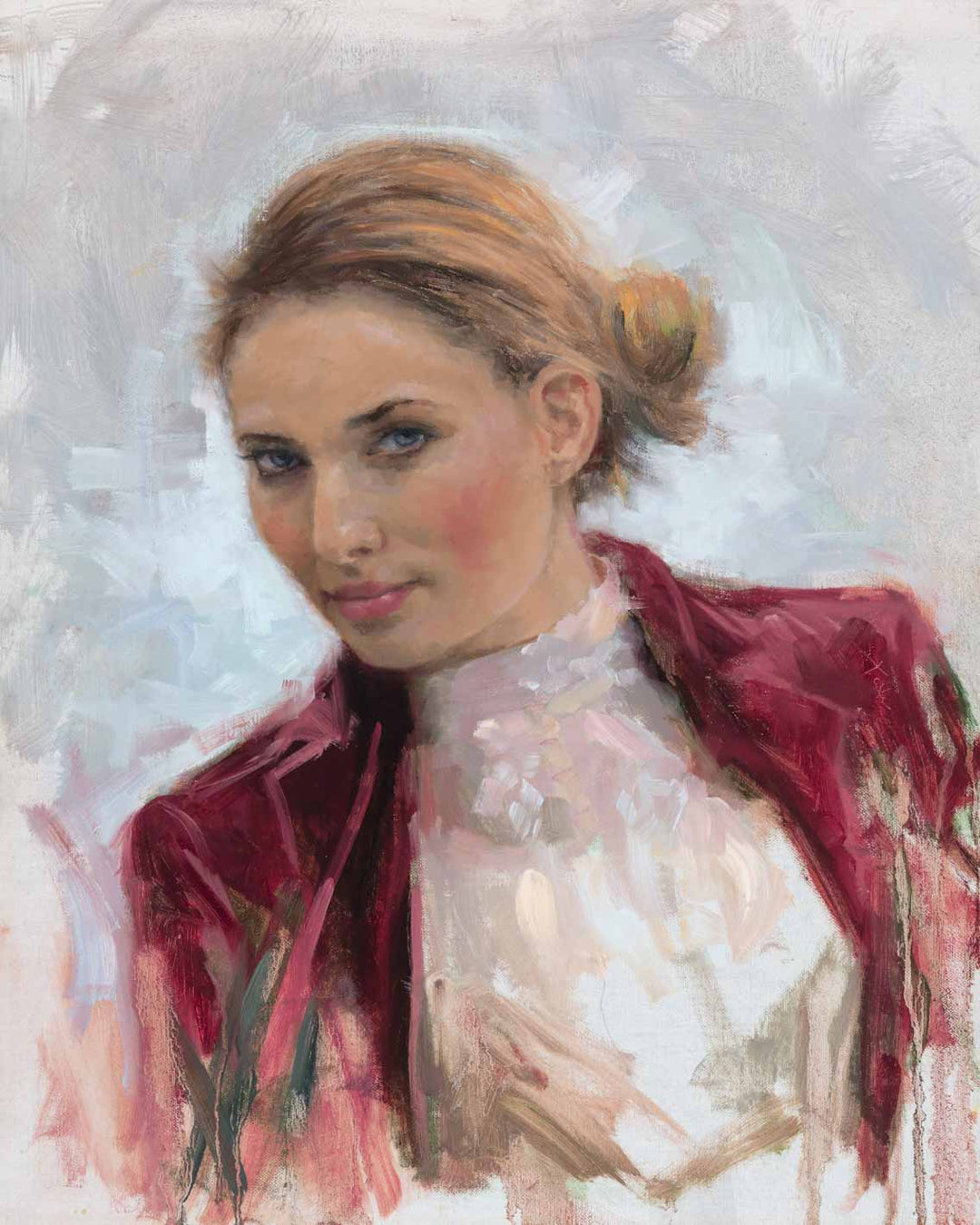Limited Edition Collectible Oil Paintings for Sale
Wiki Article
Checking out Everything About Oil Paints: An Overview to Understanding Their Appeal and Value
Oil paints have actually captivated audiences for centuries, providing a look right into the imaginative mastery of different periods. Their rich background is intertwined with innovative strategies and profound psychological expression. Recognizing the products and approaches behind these art work can enhance gratitude. In addition, the marketplace for oil paintings presents chances for financiers and enthusiasts alike. As one explores this fascinating globe, the concern arises: what makes an oil paint truly useful?The History of Oil Painting: A Trip Via Time
Oil paint has origins that date back to old times, it really prospered during the Renaissance, when artists discovered its flexibility and abundant shade possibility. Early instances can be mapped to the 7th century, with methods developing significantly across cultures. The tool became popular in Northern Europe in the 15th century, especially through the jobs of artists like Jan van Eyck, that spearheaded its use for comprehensive realistic look and vibrant shades. This period marked a departure from tempera paints, permitting better deepness and structure. As oil painting spread, it influenced plenty of musicians, leading to masterpieces by prominent figures such as Leonardo da Vinci and Rembrandt. The tool's tradition proceeds, shaping the art globe well into modern-day times.Understanding Oil Paints: Products and Techniques
As artists discover the world of oil paints, they come across a diverse array of products and techniques that specify this tool. The main components of oil paint consist of pigments, which supply shade, and drying oils, such as linseed, that bind the pigments and assist in application. Numerous additives can change the paint's appearance and drying time, improving convenience. Strategies like glazing, where clear layers are accumulated, and impasto, which includes applying thick paint, enable different visual impacts. Furthermore, using brushes, combination blades, and also fingers can produce unique appearances and surfaces. Understanding these methods and products enables artists to totally express their creative thinking and attain the wanted effect in their art work.The Duty of Shade in Oil Paints
Color plays a critical duty in oil paintings, influencing both aesthetic allure and emotional resonance. Understanding color concept basics, including the connections in between shades, can improve an artist's capacity to communicate mood and environment. Additionally, understanding shade blending strategies enables better deepness and richness in a painting's palette.

Color Concept Essential
Understanding shade concept is crucial for musicians dealing with oil paints, as it creates the foundation for producing visually engaging and unified make-ups. Color theory includes the research of exactly how colors connect, the color wheel, and the partnerships between key, second, and tertiary colors. Artists make use of complementary shades to improve contrasts and produce centerpieces, while analogous shades advertise unity and cohesiveness within an item. In addition, the principles of cozy and awesome shades influence the understanding of depth and space in a paint. Grasping these concepts enables musicians to manipulate shade successfully, directing the audience's eye and communicating their intended message. Mastery of shade concept eventually enhances an artist's ability to communicate feelings and ideas with their work.
Psychological Effect of Color
The psychological impact of color in oil paints plays an essential duty in exactly how visitors attach and view with art work. Shades stimulate details sensations and moods, influencing the viewer's emotion. Cozy colors like oranges and reds can create a feeling of heat and energy, while great tones such as blues and greens commonly evoke calmness or introspection. Artists purposefully pick shade schemes to improve narrative elements, leading the target market's emotional trip. The saturation and comparison of colors additionally amplify these results, attracting attention and creating emphasis. Inevitably, the interplay of colors in oil paints not only boosts their aesthetic appeal yet additionally works as an effective tool for psychological expression, enriching the customer's experience and analysis.Shade Mixing Techniques
While several elements of oil paint add to the total make-up, mastering shade mixing strategies is vital for accomplishing desired effects and depth. Color mixing can be approached through various approaches, consisting of the additive and subtractive processes. Additive blending includes integrating shades of light, while subtractive mixing depends on pigments, where colors blend to create brand-new tones. Musicians commonly use a limited scheme to develop unified works, comprehending the connections between main, second, and tertiary shades. Techniques such as glazing and scumbling better boost depth and luminance. By skillfully blending shades, a musician can evoke feelings, create prime focus, and accomplish a sense of realistic look, inevitably elevating the painting's visual and emotional influence.Famous Oil Painters and Their Iconic Functions

Renowned for their proficiency of color and technique, oil painters have actually produced several of the most popular artworks in history. Distinguished musicians like Vincent van Gogh mesmerized target markets with his emotive brushwork in "Starry Evening," while Claude Monet's "Impression, Dawn" laid the groundwork for Impressionism. Leonardo da Vinci's "Mona Lisa" continues to be an enduring sign of artistic wizard, showcasing his skill in capturing human expression. Rembrandt's "The Evening Watch" highlights his cutting-edge use of light and shadow. Various other remarkable numbers include Pablo Picasso, who reinvented modern-day art with his bold experimentation in jobs like "Les Demoiselles d'Avignon," and Georgia O'Keeffe, whose vivid representations of landscapes and flowers assisted specify American innovation. Each artist's special design contributed considerably to the oil paint landscape.
Just how to Evaluate the Quality of an Oil Painting
Examining the quality of an oil paint involves a careful analysis of workmanship techniques, along with an evaluation of shade and structure. Observing brushwork, layering, and the application of paint can reveal the artist's ability level. In addition, the interplay of shades and the total arrangement of aspects add significantly to the painting's visual worth.Analyzing Craftsmanship Strategies
A careful evaluation of craftsmanship strategies is necessary for determining the quality of an oil paint. Evaluators need to first take a look at the application of paint; thick, textured brushstrokes might suggest a competent hand, while extremely consistent applications could show a lack of deepness. oil paintings for sale. The layering strategy is likewise vital; the visibility of lusters and varied density can boost brightness and complexity. In addition, the high quality of the materials used, such as the canvas and pigments, plays a substantial duty in durability and general visual. Interest to information in components like edges and changes between shades shows the artist's commitment to their craft. Eventually, these methods add to the painting's emotional effect and market value, acting as signs of the artist's skill and intentAnalyzing Color and Composition
While assessing the top quality of an oil painting, one need to concentrate on the interplay of color and make-up, as these aspects are fundamental to the artwork's total impact. Color options can stimulate feelings and develop state of mind; consequently, the artist's scheme must be checked out for harmony and comparison. A healthy composition directs the viewer's eye and produces a feeling of unity. Musicians often use techniques like the rule of thirds or leading lines to improve aesthetic passion. In addition, the use of light and darkness can add deepness, boosting the three-dimensionality of the paint. Eventually, an effective oil paint marries shade and make-up, engaging the customer and inviting a much deeper recognition of the musician's vision and method.Taking care of and Preserving Oil Paintings
Correct treatment and preservation of oil paintings is necessary for maintaining their honesty and longevity. To shield these artworks, it is essential to show them far from direct sunlight, which can trigger fading and discoloration. Keeping a secure environment with controlled temperature level and moisture further help in stopping damages. Cleaning ought to be done delicately using a soft, completely dry fabric, staying clear of any type of extreme chemicals that can damage the paint or varnish. Regular examinations for indications of deterioration, such as flaking or splitting, are recommended. When saving or carrying oil paintings, proper padding and framework are necessary to stay clear of physical injury. Eventually, persistent care adds to the visual allure and value of oil paints with time.The Marketplace for Oil Paints: Accumulating and Spending
Comprehending the marketplace characteristics for oil paintings is essential for capitalists and collectors alike. The worth of these art work is affected by different factors, consisting of the musician's credibility, historical importance, and current trends. Collectors frequently look for items that reverberate personally while thinking about potential recognition in worth. Galleries and auctions work as key locations for trading, with costs changing based upon demand and rarity. Spending in oil paintings needs research study right into the marketplace, in addition to an understanding of credibility and provenance. Furthermore, emerging artists might offer chances for substantial returns, while established names can regulate high rates. Generally, a strategic approach to gathering can yield both visual pleasure and financial rewards.
Regularly Asked Inquiries
What Are the Environmental Effects of Oil Paint Materials?
The ecological effects of oil painting products consist of the release of volatile natural substances (VOCs), damaging waste generation, and resource removal for pigments. These variables contribute to pollution and ecological destruction, elevating problems amongst ecologically conscious artists and consumers.Exactly How Do Different Canvases Affect Oil Paint Outcomes?
Various canvases affect oil painting results considerably. Structure, surface, and absorbency top quality can alter paint application, drying times, and color vibrancy. Musicians frequently select particular canvases to achieve preferred results and boost their imaginative expression.Can Oil Paintings Be Brought Back if Harmed?
If damaged, Oil paints can indeed be restored. Expert conservators make use of various techniques to repair tears, tidy surface areas, and address discoloration, ensuring that the art work maintains its initial appeal and value for future generations.What Are the Signs of an Initial Oil Painting?
The indications of an original oil painting include visible brush strokes, appearance variations, and an uneven canvas weave (oil paintings for sale). Additionally, credibility might be confirmed via provenance, signatures, and the presence of a varnish layer distinct to oil toolsJust How Has Modern Technology Influenced Modern Oil Paint Techniques?
Innovation has substantially affected modern oil painting techniques by introducing electronic devices for planning, improved products for texture and longevity, and on the internet platforms for sharing and offering art, therefore broadening musicians' innovative opportunities and target market get to. Oil paint has roots that date back to ancient times, it click here really flourished during the Renaissance, when musicians discovered its flexibility and rich color capacity. The psychological influence of shade in oil paints plays an important duty in exactly how visitors view and attach with artwork. While numerous elements of oil paint contribute to the general make-up, mastering shade blending techniques is necessary for accomplishing preferred results and deepness. Examining the quality of an oil painting includes a careful analysis of workmanship methods, as well as an evaluation of shade and composition. While reviewing the high quality of an oil paint, one should focus on the interaction of color and composition, as these components are essential to the art work's overall influence.Report this wiki page